Russian military culture doesn’t care about suffering tremendous casualties to gain ground
- By Stavros Atlamazoglou
Share This Article
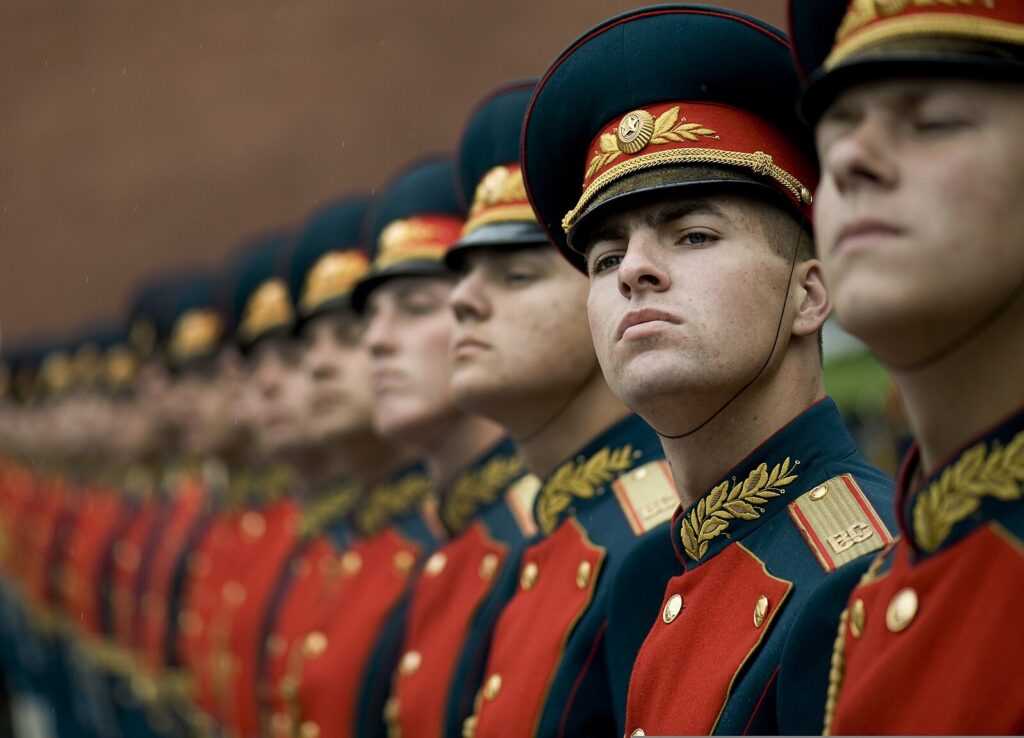
More than three-and-a-half years after the Russian forces launched the full-scale invasion of Ukraine, the war continues with no respite.
The Russian military is pushing hard in eastern and southeastern Ukraine in an attempt to capture the strategic and resource-rich region of the Donbas. The Ukrainian forces are putting up a stiff resistance but are forced to concede ground slowly.
However, Russia’s slow progress is not without cost. Indeed, the Russian military has lost over one million troops killed and wounded, and tens of thousands of weapon systems.
As of September 11, the Russian military, paramilitary troops, and pro-Russian separatists have suffered approximately 1,091,890 killed and wounded in the fighting. Just in the past 24 hours, the Russian forces lost almost 900 troops. These losses make the war in Ukraine the deadliest conflict on European soil since World War II.
In addition to the high manpower losses, the Russian forces have lost tens of thousands of heavy weapon systems.
Although casualty figures are based on reporting by the Ukrainian Ministry of Defence, U.S. and NATO sources often corroborate the Ukrainian claims.
An attritional strategy
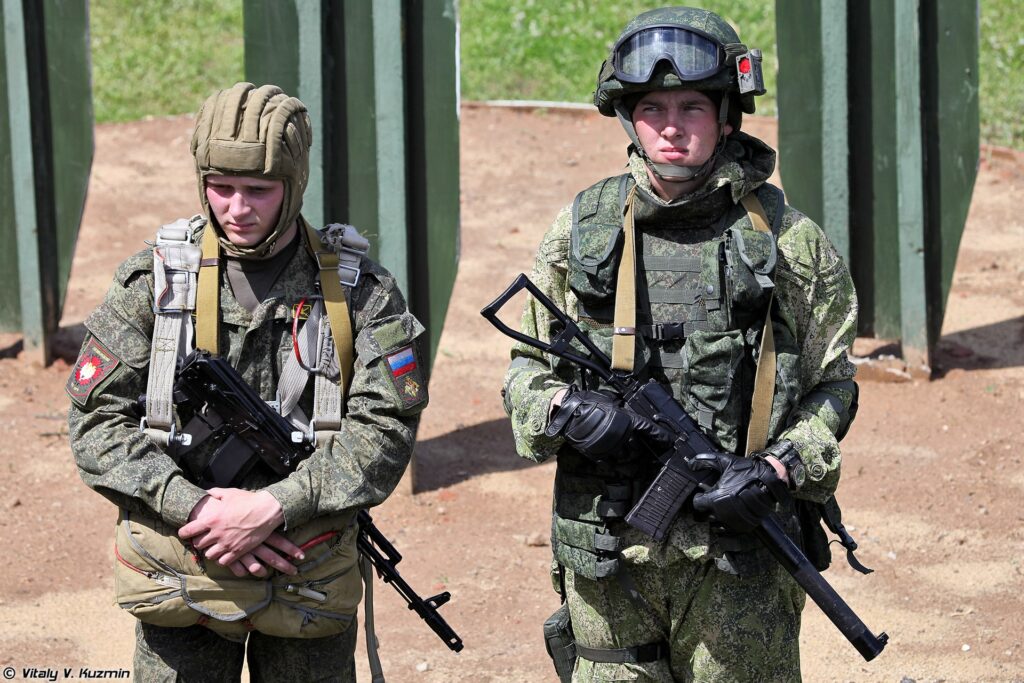
At first glance, a Western observer would balk at the number of Russian losses in Ukraine. The British military, after all, lost approximately 880,000 men in World War I and 384,000 troops in World War II.
Russian military culture, however, differs from that of the West. Historically, Russian commanders have been accustomed to high casualties to achieve their goals.
Take, for example, the Battle for Kyiv in the opening months of Operation Barbarossa, the Nazi invasion of Russia in 1941. Instead of pushing their advantage and moving fast toward Moscow, the German commanders decided to divert Panzer units in order to completely surround Kyiv and trap an entire Soviet Front (the equivalent of a U.S. army group). The Germans were successful, killing or capturing more than 700,000 Russian troops. Nevertheless, the Soviet forces continued to fight on without much disruption. And only a few months later, they were able to launch their winter counterattack that pushed the German forces back from Moscow. When the guns ceased firing in May 1945, the Soviet army had lost 20 million men. Despite these devastating losses, Russia boosted a larger military than when the war had begun.
Informed by hundreds of years of military history, the culture of the modern Russian military has a tolerance for high casualties and the country’s vast manpower resources allow for it.
In many ways, the Kremlin is currently exchanging men for territory. The Russian forces have been steadily gaining ground, content with sacrificing hundreds of men every day to capture a few miles of Ukrainian land. Despite the heavy losses, Russia’s force generation capabilities enable the Russian military to continue turning the meatgrinder. Last year, the Russian forces lost approximately 400,000 men killed and wounded. However, the Kremlin recruited almost the exact same number of men, thus achieving a remarkable one-to-one ratio of casualties to replenishments.
Russia’s military culture, coupled with the country’s impressive force generation capabilities, allows Russian President Vladimir Putin to press on with his “special military operation” even after losing more than one million men in the fighting.
Feature Image: The Russian military honor guard welcoming U.S. Navy Adm. Mike Mullen, then-chairman of the Joint Chiefs of Staff, during a wreath-laying ceremony at the Tomb of the Unknown Soldier in Moscow, Russia, June 26, 2009. (Photo by Mass Communication Specialist 1st Class Chad J. McNeeley/U.S. Navy)
Read more from Sandboxx News
- NATO shoots down Russian drones over Poland marking a first for the alliance
- The social hierarchy of US special operations units
- Air Force awards contract for its Next-Generation Penetrator bunker-buster bomb
- Man down: A Delta Force tale of loss
- Israel carries out strikes in Qatar to eliminate senior Hamas leadership in a serious strategic shift
Related Posts
Sandboxx News Merch
-

‘AirPower’ Classic Hoodie
$46.00 – $48.00Price range: $46.00 through $48.00 Select options This product has multiple variants. The options may be chosen on the product page -

‘Kinetic Diplomacy’ Bumper Sticker (Black)
$8.00 Add to cart -

‘Sandboxx News’ Trucker Cap
$27.00 Select options This product has multiple variants. The options may be chosen on the product page
Stavros Atlamazoglou
Greek Army veteran (National service with 575th Marines Battalion and Army HQ). Johns Hopkins University. You will usually find him on the top of a mountain admiring the view and wondering how he got there.
Related to: Ukraine
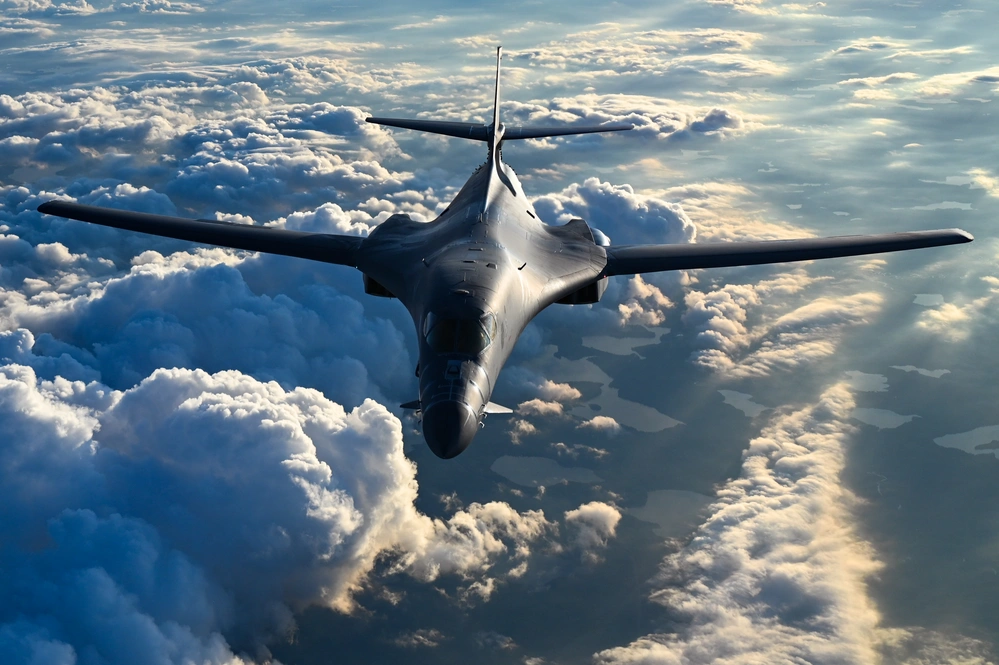
B-1 Lancers deploy over northern Europe to train on simulated bombing strikes and send Russia a message
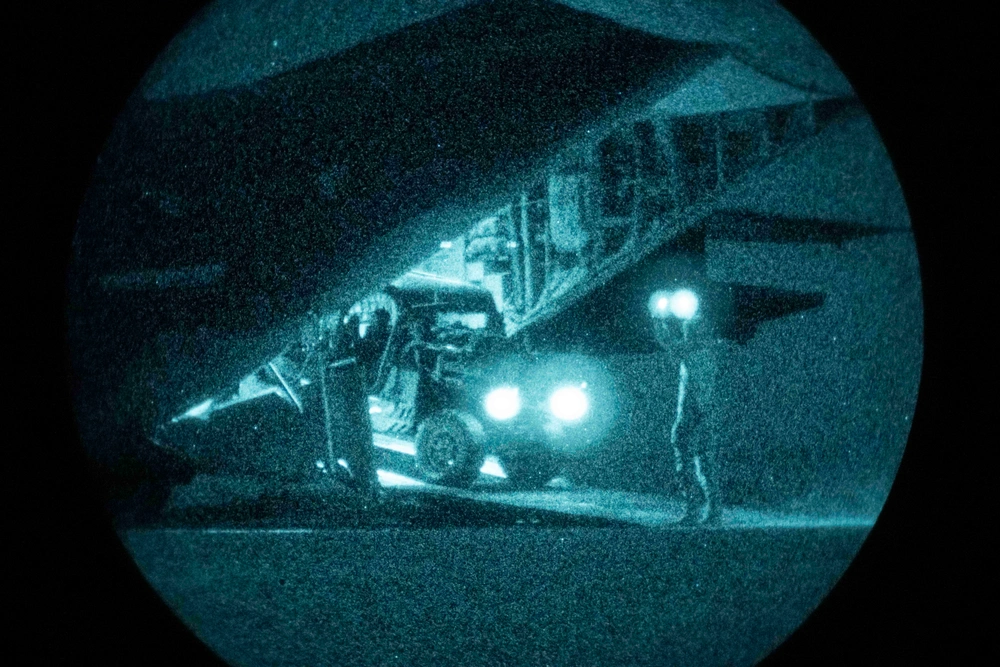
Emerald Warrior tested Air Force’s Commandos for a potential conflict with China
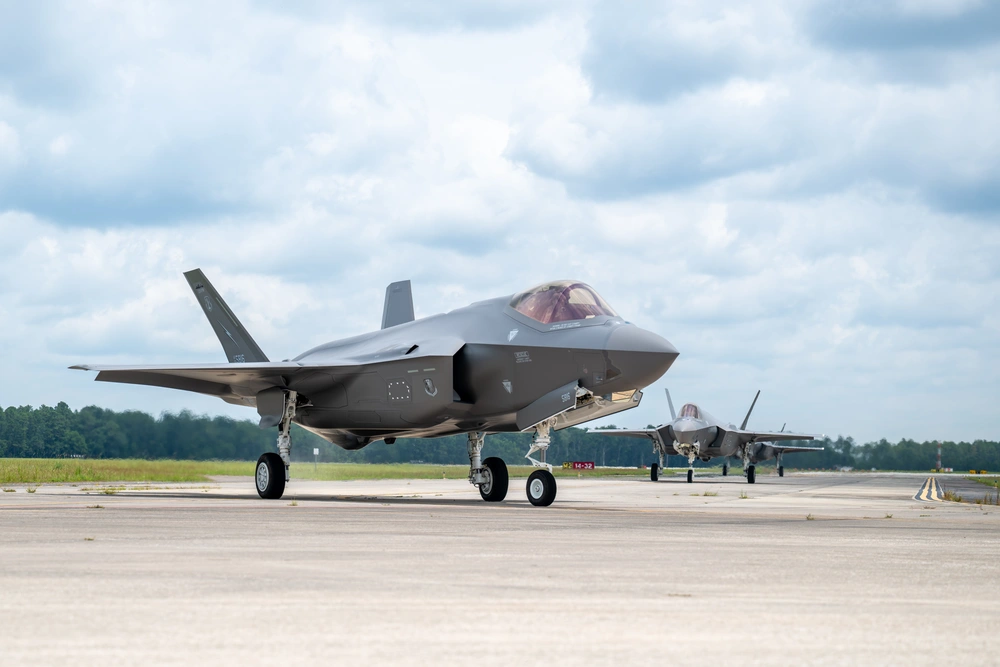
Air Force now has 500 F-35 stealth jets in service
Sandboxx News
-

‘Sandboxx News’ Trucker Cap
$27.00 Select options This product has multiple variants. The options may be chosen on the product page -

‘AirPower’ Classic Hoodie
$46.00 – $48.00Price range: $46.00 through $48.00 Select options This product has multiple variants. The options may be chosen on the product page -

‘AirPower’ Golf Rope Hat
$31.00 Select options This product has multiple variants. The options may be chosen on the product page -

‘Sandboxx News’ Dad Hat
$27.00 Select options This product has multiple variants. The options may be chosen on the product page
